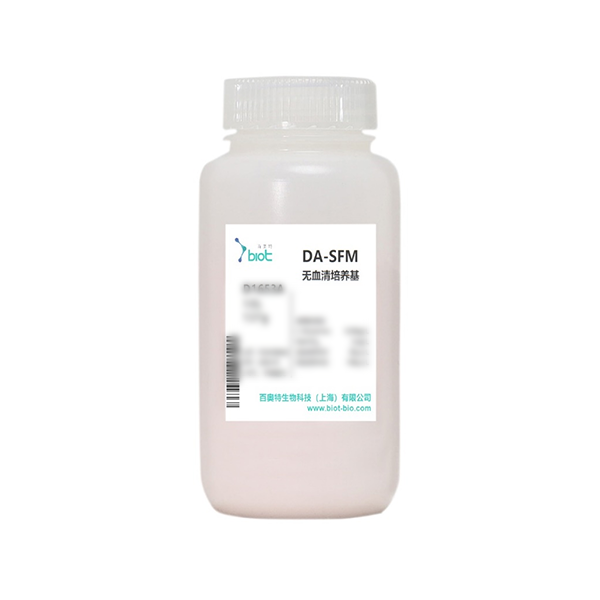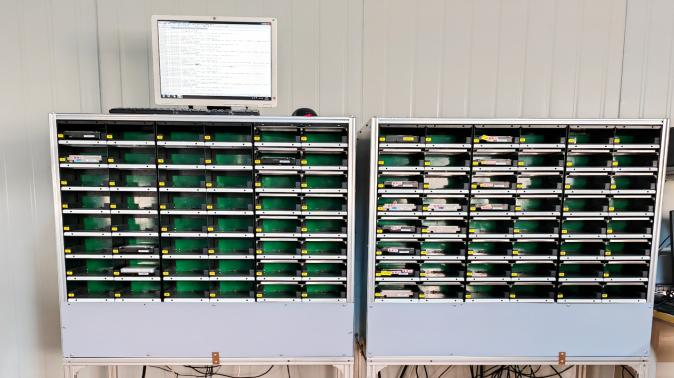
In today's world, where environmental concerns are at the forefront, finding sustainable packaging solutions has become crucial. Businesses and consumers alike are seeking packaging options that minimize their impact on the environment. This blog post aims to explore various packaging materials and techniques, evaluating their environmental impact and providing insights into the best choices for the environment.
- Understanding the Environmental Impact of Packaging:
Packaging plays a significant role in product delivery, but it also contributes to waste generation and resource depletion. It is essential to consider the entire life cycle of packaging, from production to disposal, to assess its environmental impact accurately. Factors such as material sourcing, manufacturing processes, transportation, and end-of-life management should be taken into account. - Biodegradable and Compostable Packaging:
One sustainable packaging option gaining popularity is biodegradable and compostable materials. These materials, such as plant-based plastics, paper, and cardboard, break down naturally over time, reducing waste accumulation. However, it is crucial to ensure that these materials are certified and meet recognized standards to avoid greenwashing. - Recyclable Packaging:
Recycling is an effective way to reduce waste and conserve resources. Packaging materials like glass, metal, and certain types of plastics can be recycled multiple times without losing their properties. Choosing packaging made from recycled materials also helps close the loop and supports the circular economy. - Minimalist and Lightweight Packaging:
Reducing the amount of packaging used is an essential aspect of sustainability. Minimalist and lightweight packaging not only reduces material consumption but also decreases transportation emissions. Innovative design techniques, such as using less material while maintaining product protection, can significantly contribute to environmental preservation. - Reusable Packaging:
Another eco-friendly packaging solution is reusable packaging. By encouraging customers to return and reuse packaging, businesses can minimize waste generation and promote a circular economy. Reusable options like glass jars, refillable containers, and tote bags offer sustainable alternatives to single-use packaging. - Innovative Materials and Technologies:
Advancements in technology and materials have led to the development of innovative packaging solutions. For example, edible packaging made from seaweed or other natural materials provides a sustainable alternative to traditional packaging. Similarly, bio-based plastics derived from renewable resources offer a greener option.
Conclusion:
Choosing the best packaging for the environment requires a comprehensive understanding of the available options and their environmental impact. Biodegradable and compostable materials, recyclable packaging, minimalist designs, reusable solutions, and innovative materials all contribute to sustainable packaging practices. By adopting these approaches, businesses can reduce their ecological footprint and contribute to a healthier planet.


